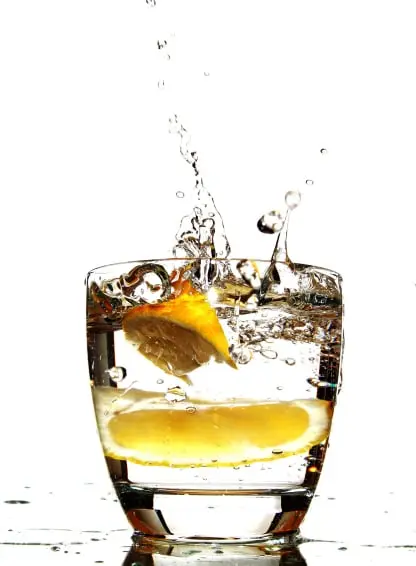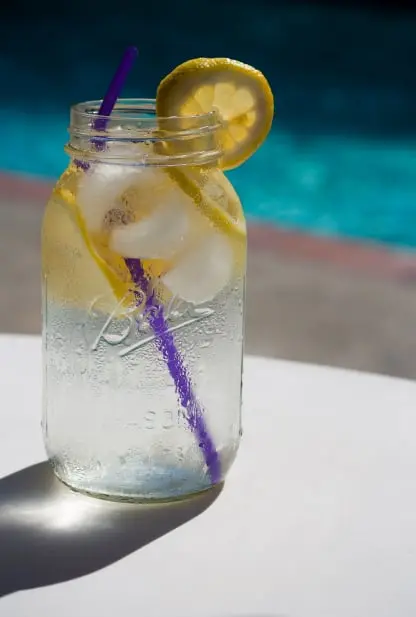Citrus Food Safety app with AI Food Safety:
Citrus Food Safety app with lemon Food safety, post packing Food Safety, and pre-shipping quality. Also manages the entire packing and sales processes with recalls, traceability, and audits.

Citrus Food Safetys during production
View app Specifications.
citrus growers have long implemented Good Agricultural Practices (GAPs), preharvest practices (e.g., in the field) established to prevent, minimize, or eliminate contamination and hazards to human health. Essential components of the GAPs process include careful planning, implementation, and documentation of required steps and procedures that together analyze and minimize risks from biological, chemical, and physical hazards.
The development of GAPs is based on sound science, including peer-reviewed scientific literature as well as outbreak investigations related to various fresh produce commodities. The Produce Safety Rule (PSR) of the Food Safety Modernization Act (FSMA) formalized and codified many of the previously voluntary GAPs that growers had practiced for many years. GAPs related to citrus will continue to evolve as new information is discovered. Growers represent the first link in the farm-to-table food chain. Growers who develop and maintain a strong GAPs program will be well-positioned to meet the evolving market-driven demands and regulatory requirements.
The objective of this document is to present general GAPs principles and PSR requirements needed to plan, execute, and document production practices that will prevent, minimize, or eliminate risks that can result in contamination. The materials contained in this document are a combination of recommendations based on the best available science and minimum standards outlined in the PSR. The distinction between voluntary GAPs recommendations and PSR requirements is made in this document by the deliberate use of the words "must" and "should," where "must" is used to denote PSR requirements and "should" is used to denote voluntary GAPs. This document will be reviewed and updated as new risk data emerges; it is not a comprehensive list of all PSR requirements.

Daily Citrus packhouse hygiene checklist
GAPs represent important procedures that Florida citrus growers should follow to minimize the potential for fruit contamination and meet specific requirements of the PSR. Florida's citrus growers, processors, and fresh-fruit packers have invested considerable resources in developing and implementing food safety protocols to participate in third-party audit programs. Many growers document production, harvest, and transportation practices as part of their normal operations to mitigate the potential for foodborne illnesses, and packers also adhere to their own food safety requirements. Citrus juice processors implement the Hazard Analysis and Critical Control Point Program (Juice HACCP), which is required by the FDA (21 CFR Part 120). Farm owners and managers who produce citrus intended for fresh-squeezed juice should also be aware of and follow the Juice HACCP regulation in that rule.
GAPs are a prerequisite of these fresh-citrus packing and juicing food safety requirements. Combining a GAPs program that has been developed, supervised, and properly implemented with PSR requirements protects the health of consumers and the producer's investment in the product.

Citrus Food safety
Biological hazards, including human pathogens such as bacteria, viruses, and parasites, can lead to widespread foodborne illness if practices are not in place to minimize or eliminate product contact with such contamination. There are many routes biological hazards may take to contaminate produce. Biological contamination can occur by contact of fruit with feces. Direct contact may occur from untreated or improperly treated manure used as soil amendments or from animal feces contacting fruit in the grove. Indirect contact can include transfer from contaminated soil, water, bins, gloves, equipment, and hands or clothes of field workers onto produce during production, harvesting, or handling.
Chemical hazards can include residues of agrochemicals, sanitizers, and pathogen toxins that may be present in or on fruit. While agrochemicals can enhance the production of horticultural commodities and are valuable tools for growers, it should be documented that materials were applied only according to label instructions.
Physical hazards can include hard or sharp objects in food that may result in personal injuries. Such objects, if present, are removed during the sorting and culling of citrus fruit.

Citrus Supplier Food Safety
While acknowledging the potential for chemical and physical hazards to be present, the FSMA PSR focuses mainly on biological hazards and relies on the proper implementation of GAPs programs to prevent the introduction of chemical or physical hazards into the food supply.
GAPS TOPICS
MANAGEMENT AND PERSONNEL RESPONSIBILITY
Food safety is a shared responsibility; the collective efforts of growers, harvesters, processors, packers, shippers, and regulators of fresh and processed citrus products are essential to ensure a safe and wholesome product. Each company must specifically designate an individual or team that is responsible for implementing food safety programs and ensuring compliance with the requirements of the PSR. For absentee landowners not directly involved with citrus production, grove caretaking companies or independent consultants may serve in this role through a contractual agreement.
WORKER TRAINING, HEALTH, AND HYGIENE
Proper worker hygiene is critical for the successful implementation of GAPs. Without it, employees who work with citrus fruit may increase the risk of transmitting foodborne illness. A review highlighting information and field sanitation requirements (OSHA Standard 1928.110) is available from OSHA (https://www.osha.gov/laws-regs/regulations/standardnumber/1928/1928.110) and expands on many of the subjects discussed below.